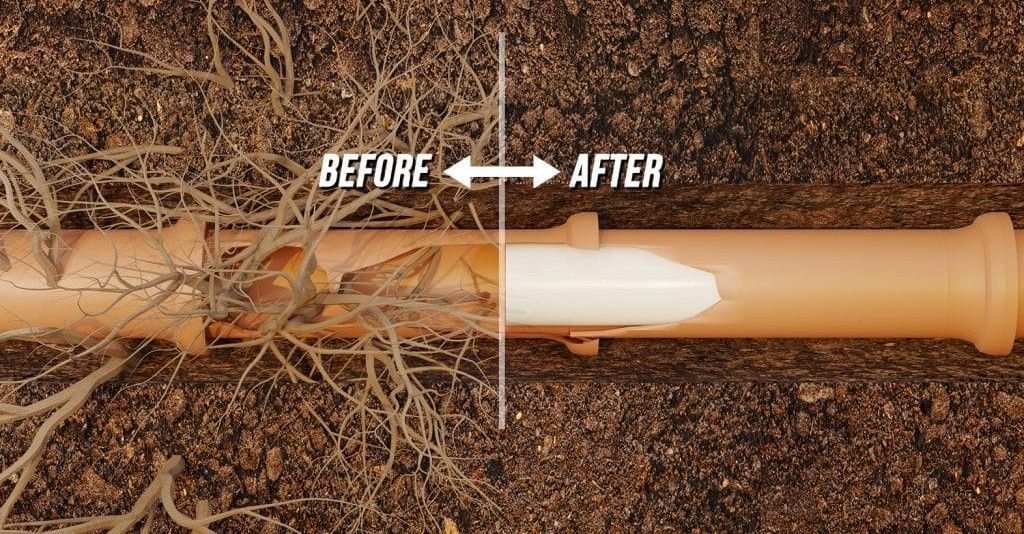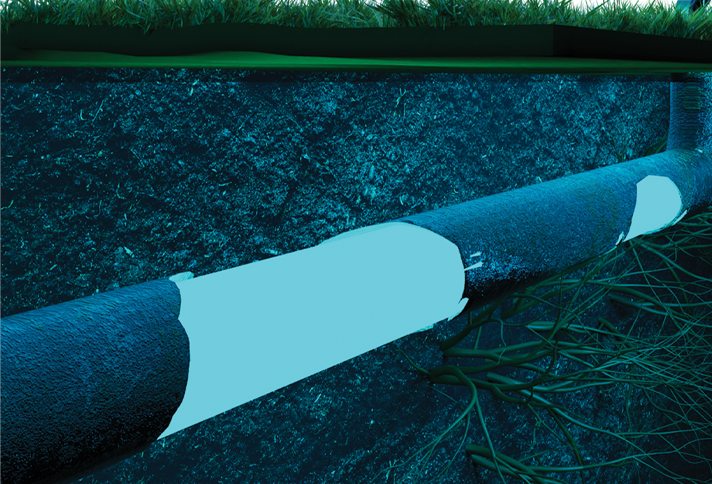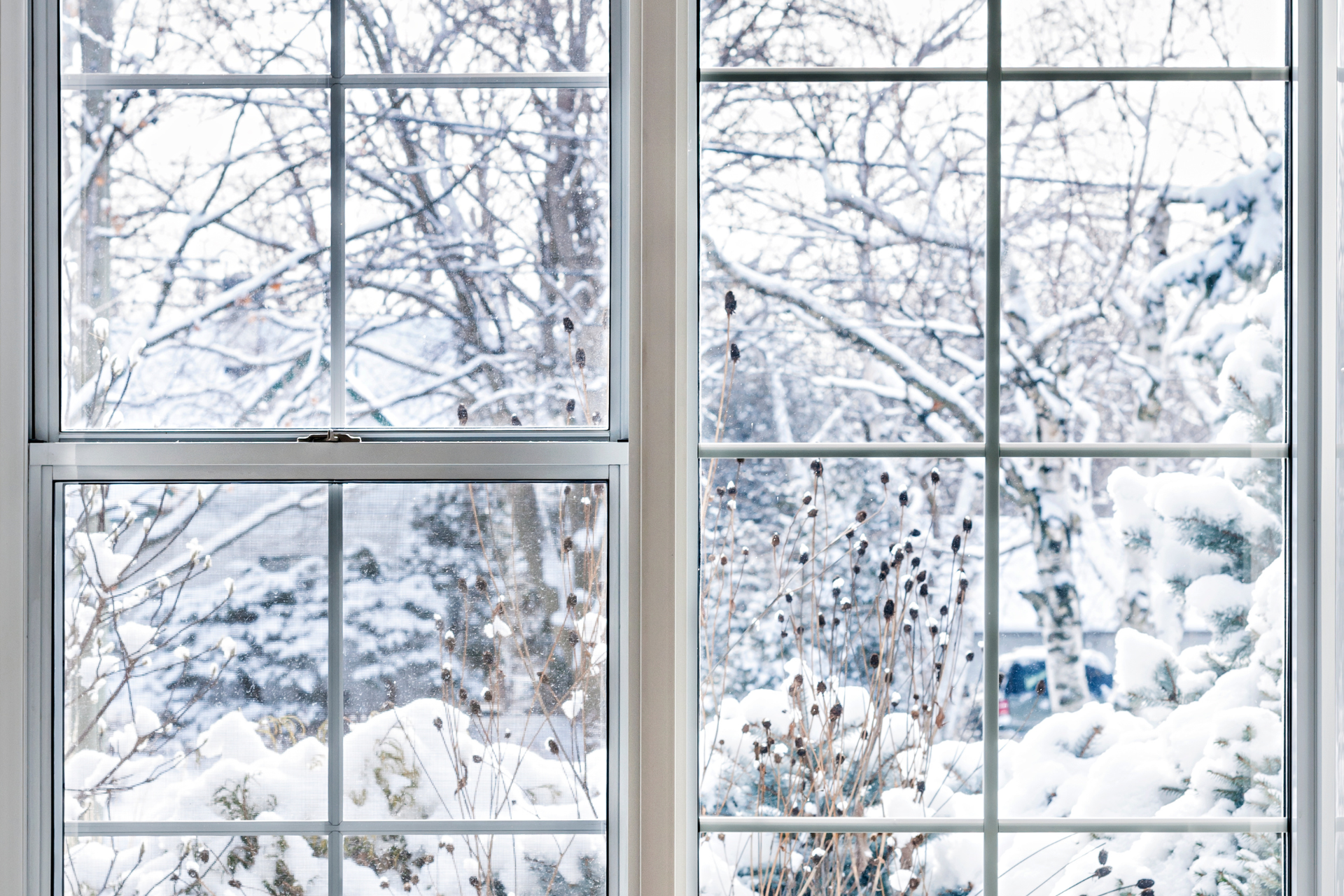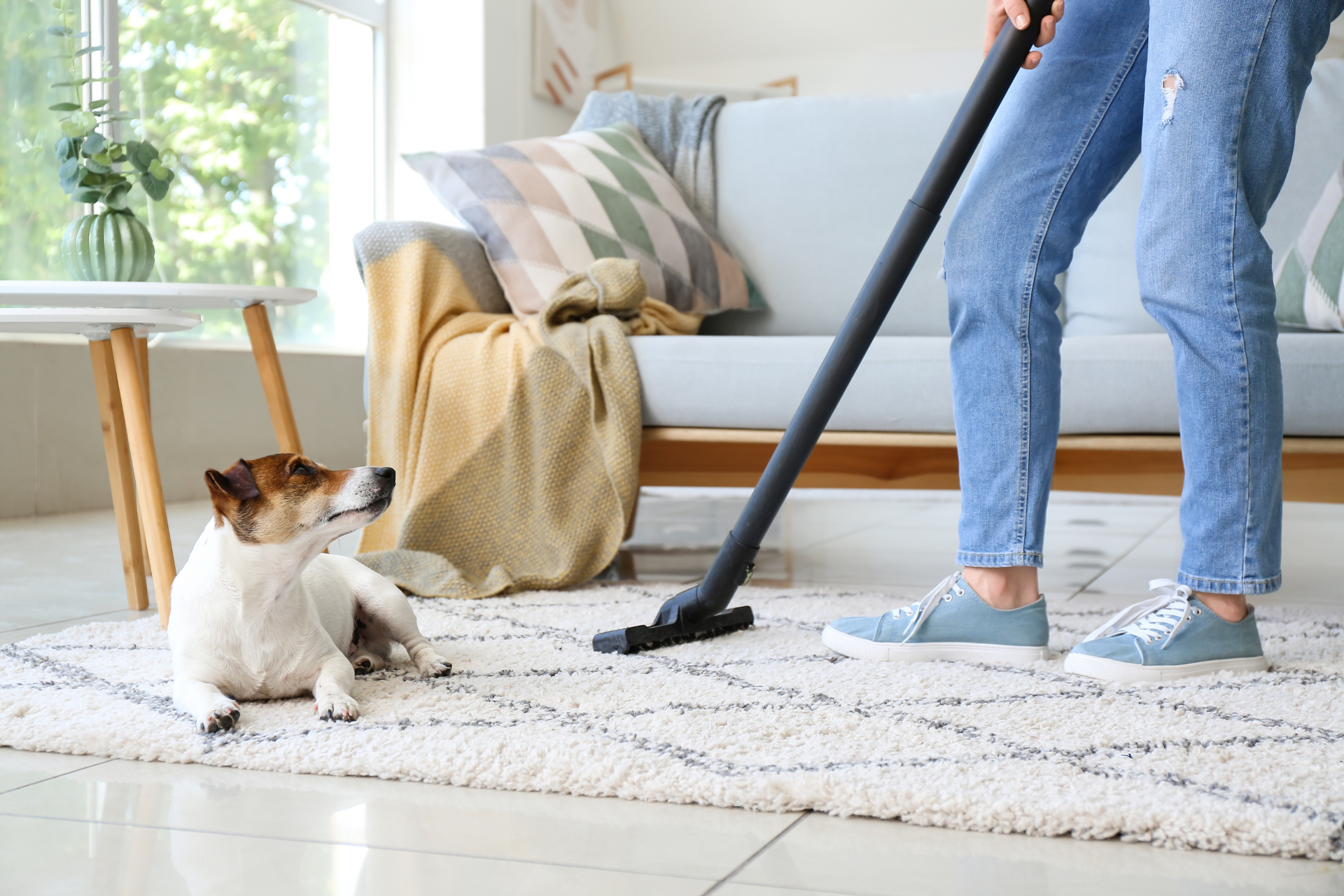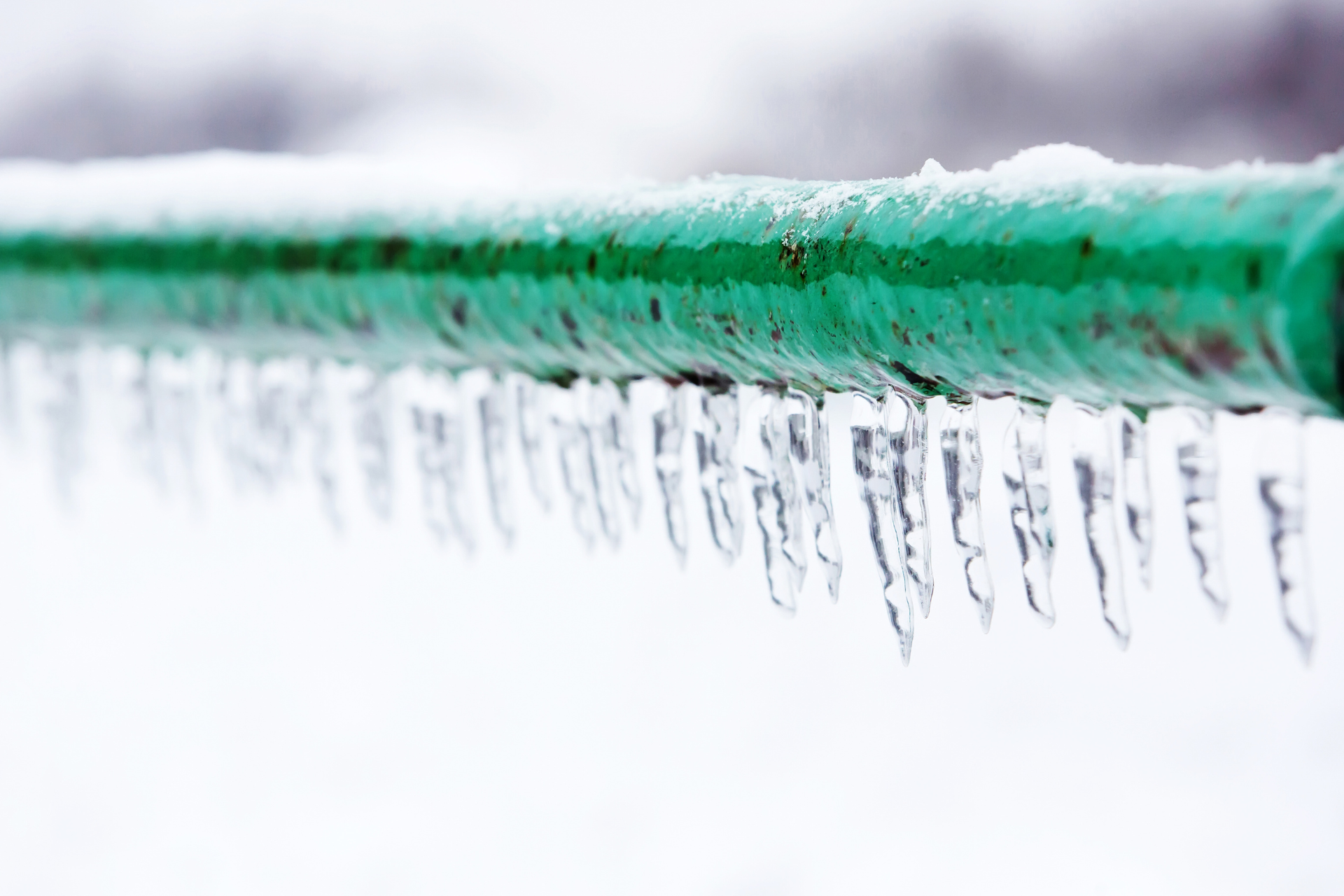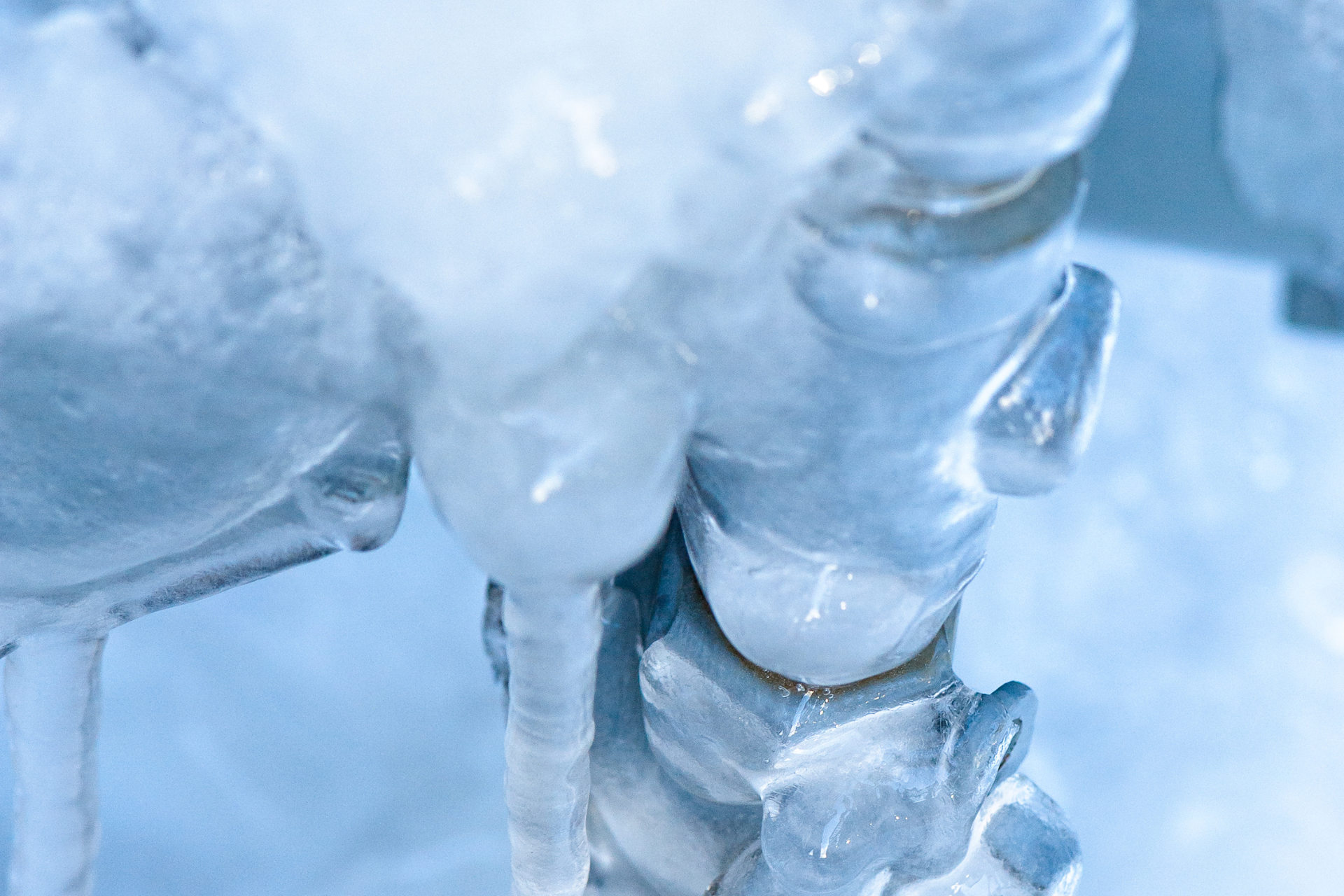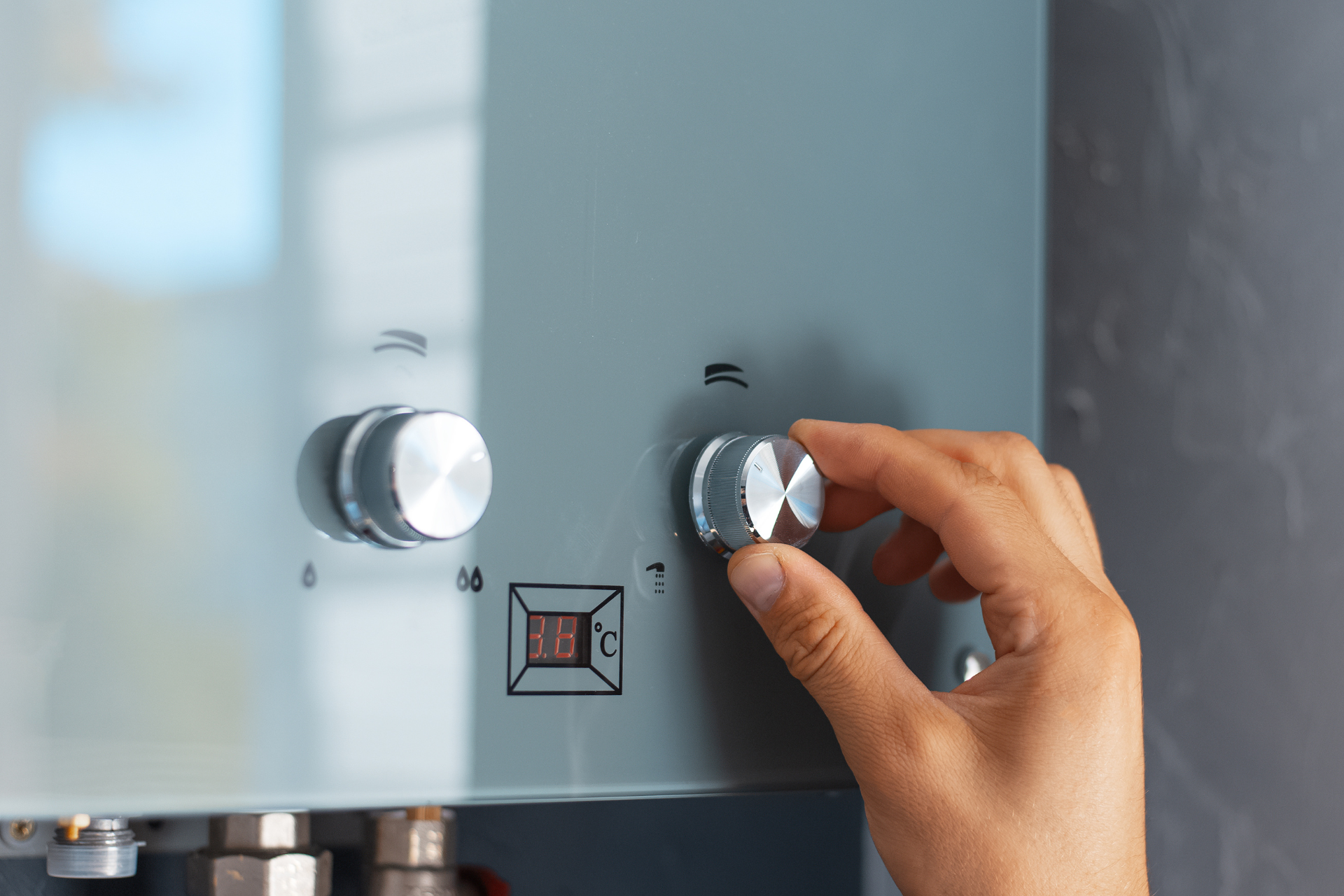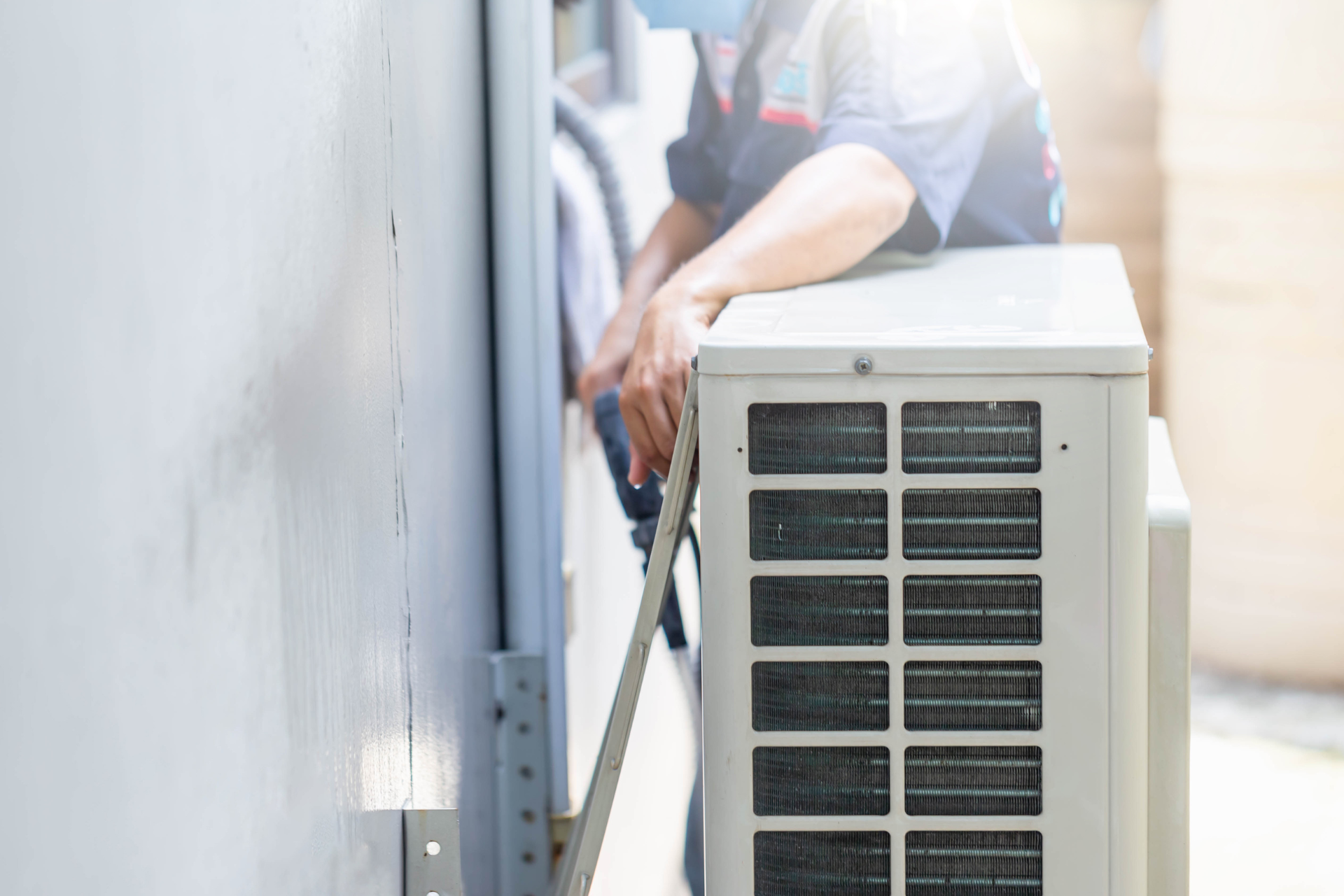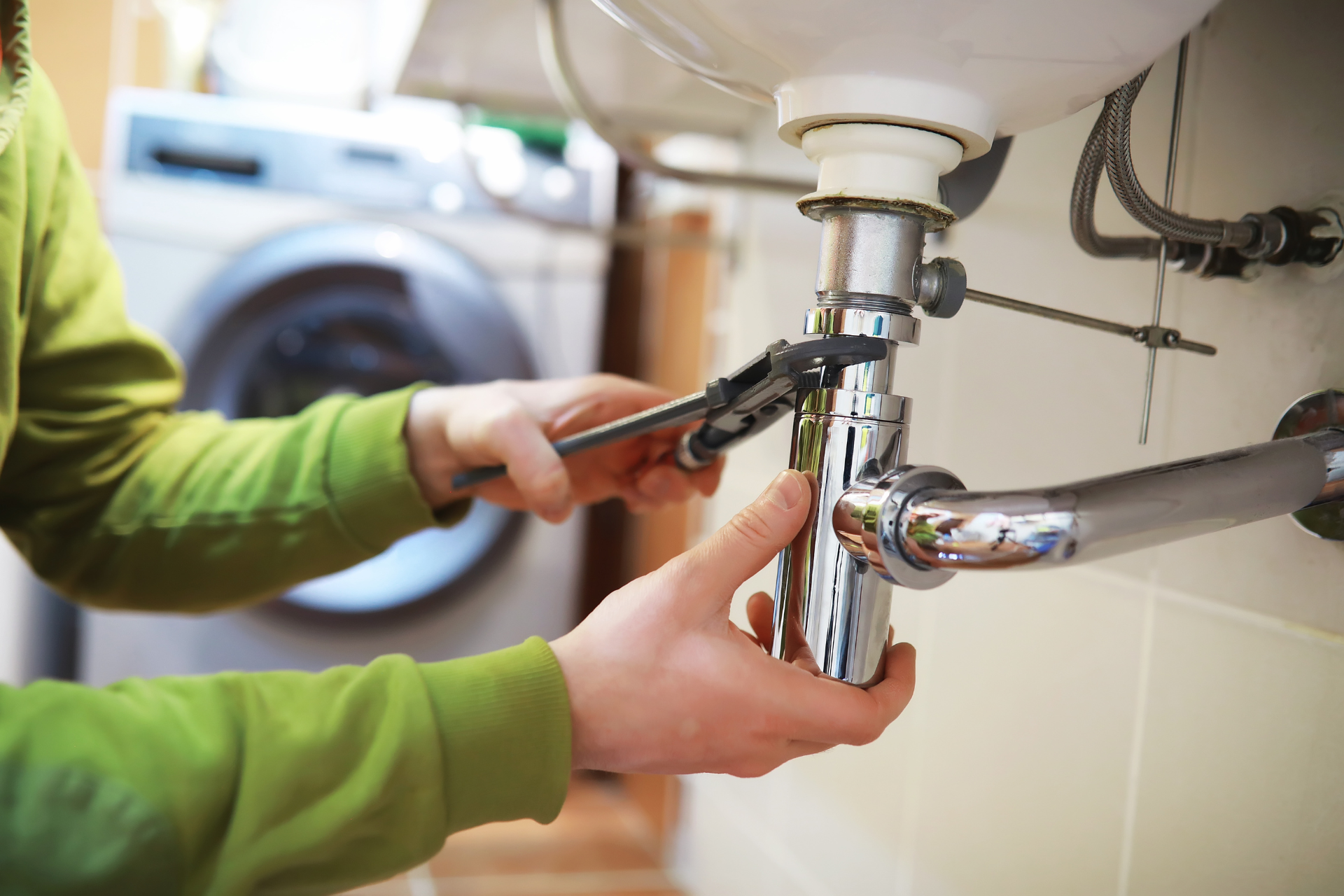How to Increase Your Home’s Humidity in Winter
As winter settles in, the natural humidity level drops, making our homes feel less comfortable. Increasing humidity not only enhances comfort but also brings numerous health and cleanliness benefits. Maintaining an ideal humidity level of around 45% is crucial for a healthier and more pleasant living environment. If your home’s humidity dips below 30%, it becomes too dry, while levels above 50% might start to feel uncomfortable. Here’s a comprehensive guide on how to increase your home's humidity during winter.
Benefits of Increasing Your Home’s Humidity
- Prevention of Common Illnesses and Symptoms: Proper humidity levels can reduce the transmission of viruses like the flu and the common cold. It also prevents sore throats, headaches, and discomfort for contact lens wearers.
- Better Control of Dust: Ideal humidity helps keep dust, allergens, and pollutants out of the air, making it cleaner and healthier to breathe.
- Hydrated Skin: Increased humidity prevents dry, irritated skin, a common issue in winter.
- Proper Care of Furniture: Dry air can damage wooden furniture, hardwood floors, and pianos. Maintaining proper humidity prevents warping or cracking.
- Reduces Electrostatic Shocks: Dry winter air often leads to static shocks. Increased humidity can help prevent these annoying jolts.
8 Tips for Increasing Humidity in Winter
- Add Houseplants: Houseplants not only beautify your home but also help purify the air and increase humidity. Plants like palms, philodendrons, and Chinese evergreens are excellent choices. Ensure regular watering and occasional misting for extra moisture.
- Boil Water and Cook Using the Stovetop: Cooking on the stovetop releases steam into the air. Use this to your advantage by boiling water and cooking more on the stove rather than the microwave. Leaving lids off pots and pans can release even more moisture.
- Set Out a Pan or Vase of Water: Placing open containers of water on radiators or near heating vents allows water to evaporate into the air. Decorative vases with citrus peels, vanilla, or essential oils can also add a pleasant scent to your home while increasing humidity.
- Hang Dry Your Laundry: Instead of using a clothes dryer, hang laundry indoors to let the moisture evaporate into your home’s air. This not only increases humidity but also saves on energy costs.
- Use Your Shower Steam: After taking a shower, leave the bathroom door open to let the steam circulate through your home. Avoid using the bathroom fan, which removes moisture from the air. You can also use a stand-up fan to distribute the moist air.
- Don’t Drain the Bathwater Right Away: Allow bathwater to cool completely before draining. As long as the water remains warm, it contributes moisture to the air.
- Upgrade Doors, Windows, and Weatherstripping: Inefficient doors and windows can leak out heat and moisture. Installing new, more efficient doors and windows can help. If replacements aren’t in the budget, use weatherstripping to seal cracks and retain humidity.
- Install a Humidifier: One of the most effective ways to control humidity is by using a humidifier. Portable units are great for small areas, but a whole-home humidifier system offers the best control. These systems ensure an exact humidity level, keeping your home comfortable and protecting wooden furniture and other delicate items.
Professional Humidifier Installation
For the ultimate in humidity control, consider installing a whole-home humidifier. Riverway Plumbing & Mechanical offers expert installation services to help you maintain a perfectly humidified home. With a whole-home system, you’ll enjoy all the benefits of a properly humidified environment with ease and convenience.
